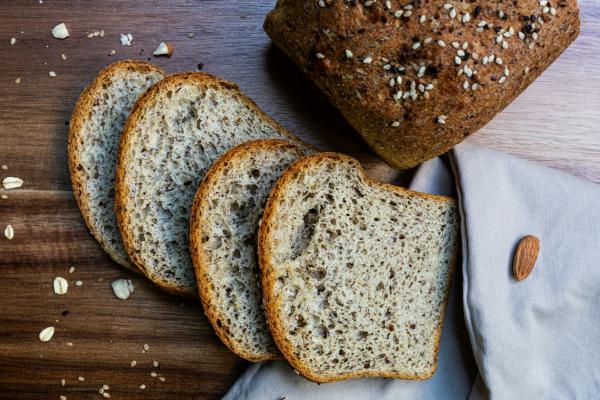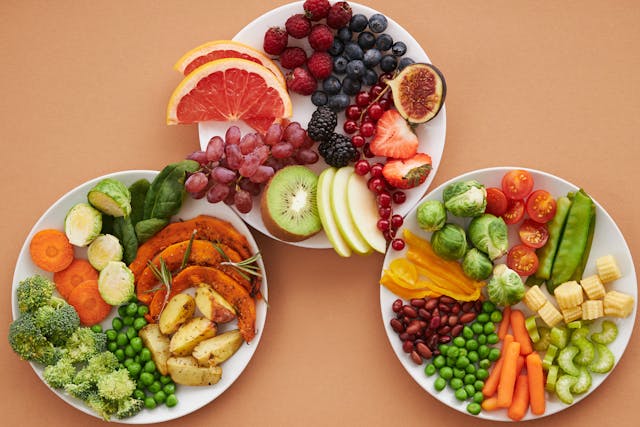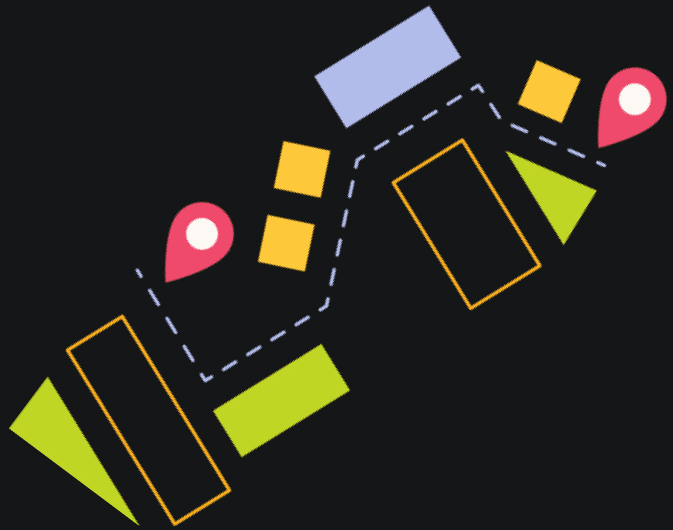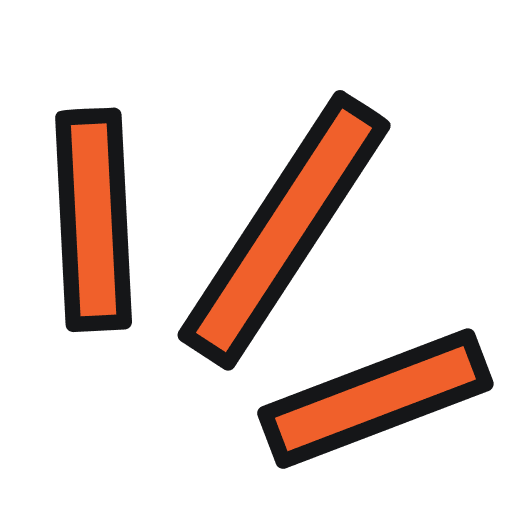


Bread often gets a bad rap for being high in calories and carbs. But not all bread is created equal. With the right ingredients and preparation methods, bread can be an incredibly nutritious, low-calorie part of a healthy diet.
In this comprehensive guide, learn all about the benefits of low-calorie bread, how many calories are in different types of bread, tips for buying and making low-cal bread, and how to enjoy bread as part of a reduced-calorie diet.
This bread refers to any bread that contains fewer calories per slice compared to traditional bread varieties. On average, standard white and whole wheat breads contain 75-100 calories per slice
Grains like wheat, rye, and multigrain contain more calories per gram than lighter alternatives. Low-cal breads use lower-calorie options like:
Low cal bread loaves tend to be lighter, fluffier, and airier. This reduces their density and cuts down on calories per slice.
Common techniques used to reduce density include:
This fluffy texture means you can enjoy thicker slices of this bread without going overboard on calories.
Switching to low calorie bread options provides several benefits:
The average slice of bread contains 75-100 calories. Swapping in low cal varieties with 30-60 calories per slice significantly decreases your calorie consumption, especially if you eat bread frequently.
Over a day or week, choosing this bread can create a meaningful calorie deficit for weight loss without requiring you to eliminate bread.
Most low calorie breads are high in fiber and protein, two nutrients that promote feelings of fullness and satiety. This keeps hunger at bay even when eating lower-calorie foods.
The combination of fewer calories with increased satiety makes low-calories bread an excellent choice for supporting weight loss or maintaining your current weight.
Replacing high-calorie refined bread with low-calorie, fiber-rich, and protein-packed bread can also help steady your blood sugar response after meals.
This is especially relevant for those with insulin resistance, prediabetes, or diabetes who need to be mindful of how foods impact blood glucose.
Many low calorie breads utilize fiber-rich alternate flours like almond, coconut, pumpkin, and oat bran. This increases the nutrient density, providing more nutrition for fewer calories.
Choosing nutritious low cal bread ensures you get ample vitamins, minerals, antioxidants, and other compounds. This isn’t the case with many refined, high-calorie bread products.
Sometimes, bread is just a vessel for that pat of butter or smear of jam. This type of bread allows you to enjoy the experience of these treats without overdoing empty calories.
When a craving strikes, low-cal bread lets you indulge smartly.
To put this bread in context, here is the calorie count per slice for popular types of bread.
| Bread Type | Calories per slice | ||
| White bread | 75-100 | ||
| Whole wheat bread | 75-100 | ||
| Sourdough bread | 75-110 | ||
| Baguette | 140-200 | ||
| Brioche | 140-200 | ||
| Pumpernickel bread | 80-100 | ||
| Rye bread | 80-100 | ||
| Pita bread | 75-100 | ||
| Naan | 130-170 | ||
| Focaccia | 120-180 | ||
| Sliced sandwich bread | 75-100 | ||
| Burger bun | 120-150 | ||
| Hot dog bun | 120-150 | ||
| Croissant | 120-180 | ||
| Low-cal bread | 30-60 | ||
As you can see, low-calorie bread sits far below most traditional breads in terms of calories per slice. Taking advantage of this calorie savings can make a significant dent in daily intake.
For example, switching from two slices of regular white bread at 150 calories to two slices of low-cal bread at 60 calories cuts out 90 calories. Do this daily for a year, and you save almost 33,000 calories per year just from bread alone!
When purchasing low-calorie breads at the grocery store, keep these tips in mind:
Popular low cal bread brands fitting these criteria include Healthy Life, Sara Lee Delightful, Arnold, Nature’s Own, Franz Lower Calorie, and Pepperidge Farm Very Thin. There are lots of options in both traditional and alternate flour breads.
Like most foods, bread exists on a spectrum from highly processed refined to wholesome and nutritious. So, is reduced-calorie bread inherently healthy? Let’s dig in.
So, focus on finding low-cal bread made from wholesome ingredients rather than refined flour and additives.
With some savvy shopping and baking, you can enjoy delicious this bread as part of a healthy diet focused on weight management or calorie reduction. Just be mindful of portion sizes and ingredients.
Opt for low-calorie bread loaded with protein and fiber from nuts, seeds, legumes, and whole grains to get the most nutrition for the fewest calories. Focus on bread as a vessel for other healthy toppings and as part of balanced meals.
While no food is strictly off limits, low cal bread makes it easier to savor sandwiches, toast, and other favorites without derailing your calorie goals. With the satisfying flavors and textures of regular bread at a fraction of the calories, low-calorie varieties are here to stay.



















Sign up below to receive exclusive deals and be first to know when delicious new products are coming out.